Can sustainable packaging and savings really go hand-in-hand? What upcoming trends do packagers need to know about ecommerce for 2018? How can packaging professionals help consumers reduce food waste? The best-read stories for November 2017 on PackagingDigest.com answer all these questions and more.
In reverse order, here are our top five articles of the previous month, based on page views:
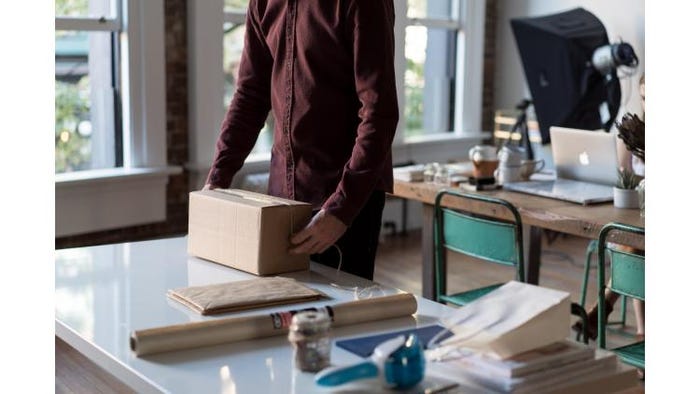
#5. What ecommerce packaging is going to look like in 2018
Our first of many trend articles that look ahead to the coming New Year got a strong start, nabbing a spot on our Top 5 article list for November 2017.
Ecommerce blogger Victoria Greene identifies five up-and-coming ecommerce packaging trends to look out for in 2018:
1. Frustration-free Customer Packaging Experience—while ensuring products arrive safe and sound.
2. Unique design features—such as augmented reality features that wow the consumer.
3. Big Data design optimization—to increase efficiency at all stages of packaging.
4. Personalized packaging—to raise customer satisfaction levels and support the buyer/seller relationship.
5. Sustainable and/or reusable materials—to answer consumer demand for environmentally friendly packaging.
Click the headline link above to read the full article.
NEXT: How packaging can help reduce food waste
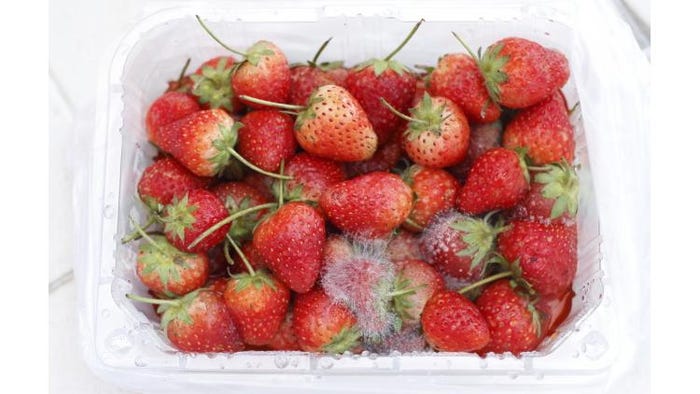
#4. Spoiler alert: packaging helps reduce no.1 source of food waste
Americans throw away way too much fresh food because it spoils before they can eat it, reports Bob Lilienfeld, editor and publisher of The ULS (Use Less Stuff) Report. To combat this waste, Lilienfeld says packaging innovations that enhance convenience by facilitating food storage, retrieval, preparation and use of leftovers should be at the top of all packaging designers’ to-do lists.
How? Lilienfeld cites two suggestions from AMERIPEN officer Ron Cotterman. Packaging professionals can help consumers reduce at-home food waste by:
• Fostering and promoting current benefits that optimize the packaging of fresh foods.
• Identifying and promoting packaging solutions that remediate food waste generation behaviors, and then develop the technical paths/innovations that deliver the expected benefits.
Click the headline link above to read the full article.
NEXT: What medical device packagers need to know about new regulations
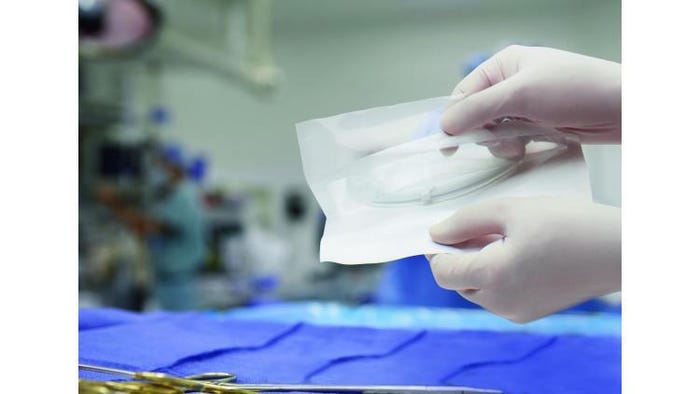
#3. New medical device regulations could impact packaging—and not just in Europe
In the free, on-demand webcast “Speed Up Your Compliance Process—With Help from DuPont Tyvek,” experts from leading packaging materials manufacturer DuPont outline the packaging implications of six global regulatory changes for medical device manufacturers:
• European Union Adopted its MDR/IVDR in April 2017 to replace the MDD/IVDD;
• Association of Southeast Asian Nations (ASEAN) Medical Device Directive 2015;
• India “Medical Device Rules, 2017” notified in January 2017;
• Eurasian Economic Union (EAEU) 2016 Legal framework for medical products;
• International Medical Device Regulators Forum (IMDRF) Guidance and harmonization;
• ISO TC210 published ISO 13485:2016, a significant revision of QMS requirements.
Because of these upcoming regulatory changes, medical device manufacturers will need to update their technical files; recognize that changes may have an impact on existing validations and packaging designs; and adapt labeling.
Doing so will ensure the development of packages that help end-users ensure the safe use of sterile medical devices.
The DuPont speakers also share tools to help you with packaging design and regulatory submissions.
Click the headline link above to read the full article. Click the webcast title link to go directly to the registration page for access to the free webcast.
NEXT: Innovative pouch-bowl for on-the-go breakfast
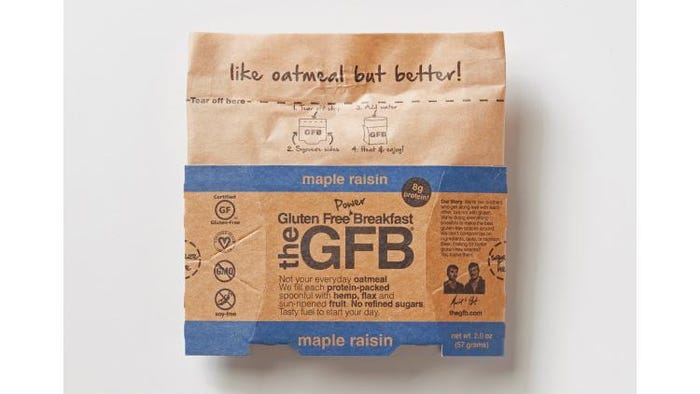
#2. Paper pouch-bowl empowers breakfast portability
Unique package designs always get the attention of PackagingDigest.com visitors. This new package is no different.
Gluten Free Bar cofounding partners and brothers Elliott and Marshall Rader created unusual packaging for its line of on-the-go hot breakfast meals. The convenient and portable “pouch-bowl” makes it easy for consumers to make a Power Breakfast “at the office, at home or out in the wilderness while camping,” says Elliott Rader.
Senior technical editor Rick Lingle describes the proprietary design: “The packaging consists of an inner poly-lined packet glued within a wraparound paperboard sleeve that has a foldable bottom gusset. The consumer bends in the sleeve’s ends to reform the packaging as a boxy-shaped bowl. The sleeve has special scores and die cuts plus a bottom panel that unfolds as a platform to support the inner pouch.”
The brothers share more details about the development, including sustainability and design challenges. Click the headline link above to learn more.
NEXT: How McCormick & Co. meets its sustainable goals
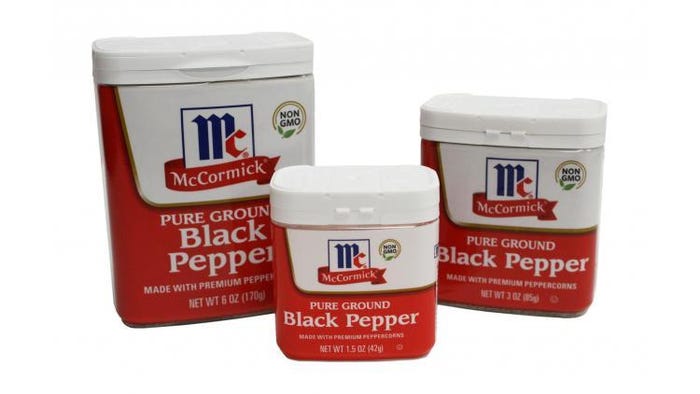
#1. McCormick’s recipe for packaging that’s more sustainable
Our top article of the month outshines the others: It generated twice as many page views as the #2 article. Could it be because it proves that sustainable packaging can help in saving money?
An exclusive look into the just-released 2025 sustainability goals of leading food processor McCormick & Co. shares insights from packaging executive Mike Okoroafor.
Okoroafor is vp, global sustainability and packaging innovation and, in our fast-reading Q&A, he discusses the key ingredients of three of the company’s recent sustainable packaging projects:
• Redesigning its iconic Old Bay and Black Pepper cans with a fully recyclable PET container, which equated to a 16% reduction in associated carbon emissions;
• 10% reduction in material for all European glass jars, resulting in reduced weight and associated carbon emissions from production and transport;
• Achieving 43% carbon footprint reduction by improving logistics and using fewer trucks for transport at its location in Haddenham, England.
What’s the biggest lesson Okoroafor has learned over the years about sustainable packaging? “There is a common belief that sustainable packaging is more costly, but this is not always the case,” he says. “…Sustainable packaging often provides the best financial choice.”
He goes on to prove it by saying, “Reducing raw materials and packaging waste has resulted in more than $2 million in savings in our location in Hunt Valley, MD, alone.”
Click the headline link above for more insights from Okoroafor.
**************************************************************************
A magic kingdom of packaging solutions: For packaging engineers, executives and designers—WestPack 2018 (Feb. 6-8; Anaheim, CA) delivers leading technologies, free educational presentations, hands-on demonstrations, exceptional networking opportunities and expert-led Innovation Tours. Register now!
About the Author(s)
You May Also Like




